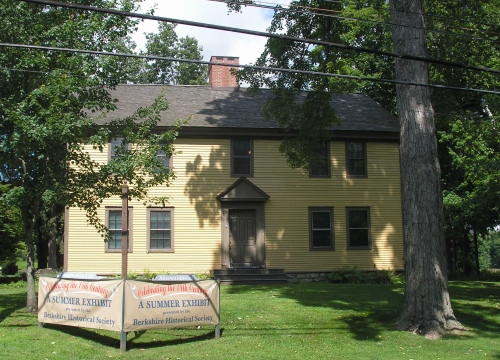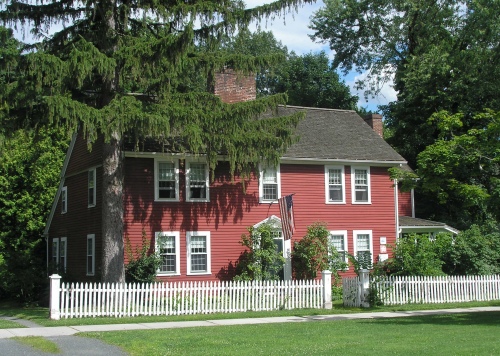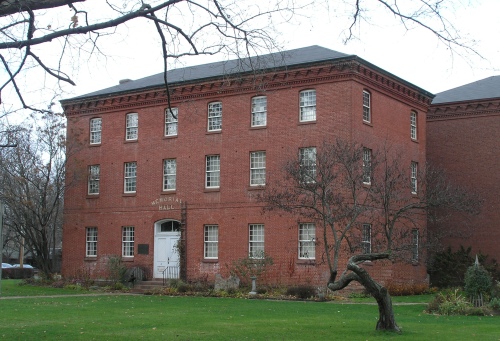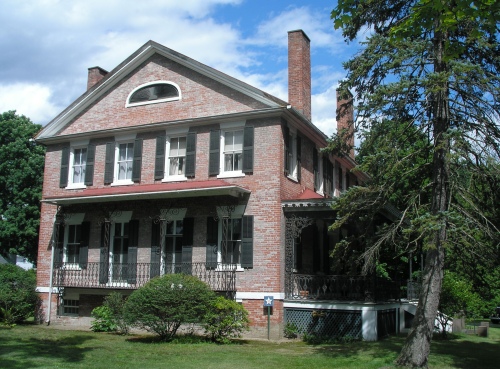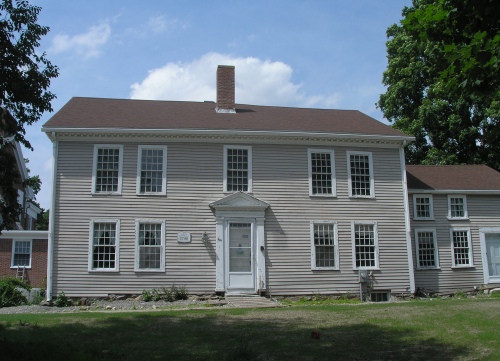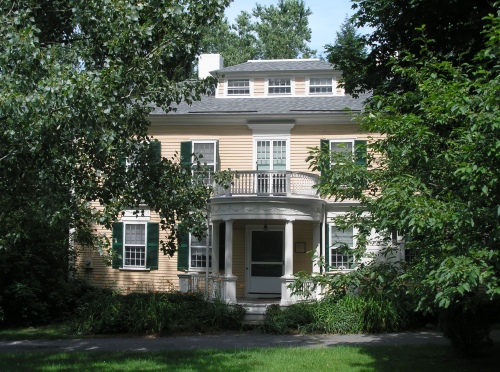The Mount (1902)
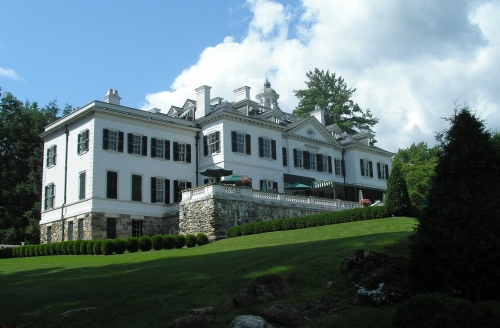
Edith Wharton‘s first book, The Decoration of Houses (1897), written with Ogden Codman, Jr., was very influential as a guide to interior design. The work was a reaction to the Victorian style of heavily curtained and cluttered rooms, instead emphasizing the style of the harmonious and simply proportioned classical rooms of Europe. The main house of Wharton‘s country estate in the Berkshires, called the Mount and located in Lenox, was built in 1902 and displays the principles she had advocated in her book. The house, designed by Wharton with assistance from Codman, was inspired by the seventeenth century English estate, Belton House, but the Mount‘s design also drew strongly on classical Italian and French architecture. The gardens and grounds were also designed by Wharton, with the kitchen garden and drive being designed by Wharton‘s niece, Beatrix Jones Farrand.
Wharton and her husband, Edward, lived in the Mount from 1902 to 1911. The house was later used as a girls’ dormitory for the Foxhollow School, and the site of Shakespeare & Company. In the 1980s, the property was bought by Edith Wharton Restoration, which has restored the grounds and much of the house. The house was opened to the public in 2001, but in 2008 the institution, which had spent millions to acquire the surviving half of Edith Wharton’s collection of books, defaulted on loans and faced foreclosure. Please help save the Mount by visiting and spending money there! There is an online video available of Bob Villa taking a tour of the Mount. Below are some pictures and descriptions of some of the rooms at the Mount and the gardens: Continue reading “The Mount (1902)”
